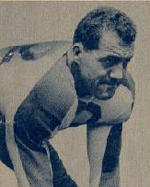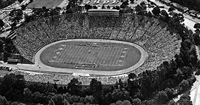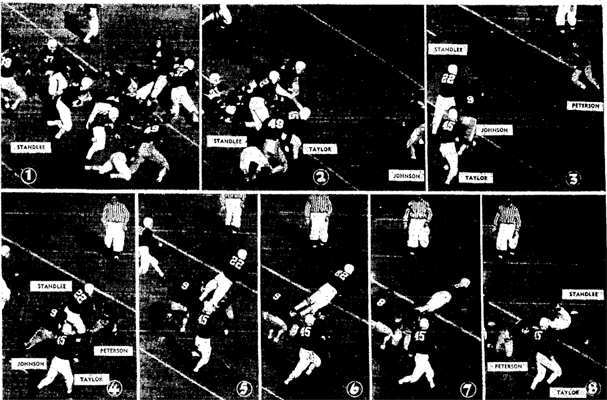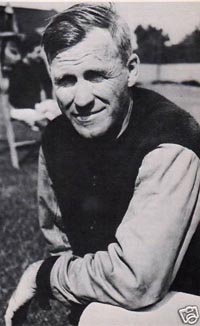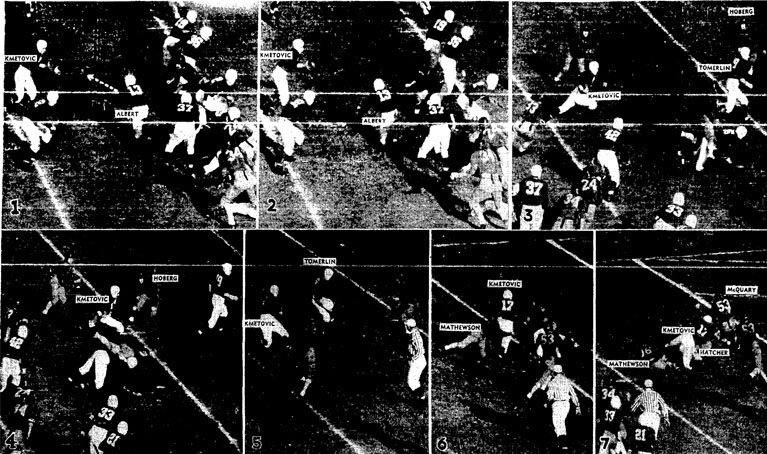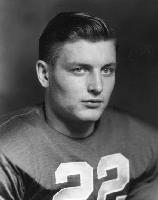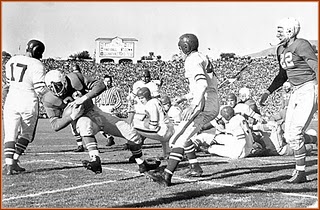|
A Season in Time: Stanford Indians 1940
In 1940, Stanford had a dream season that impacted college football because of the revolutionary offensive formation they used.Reference: The Wow Boys: A Coach, a Team, and a Turning Point in College Football, James W. Johnson
|
CONTENTS
Other Seasons in Time
|
||||||||||||||||||||||||||||||||||||||||||||||||||||||||||||||








